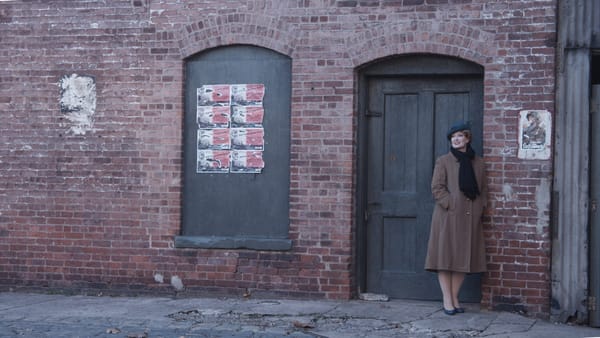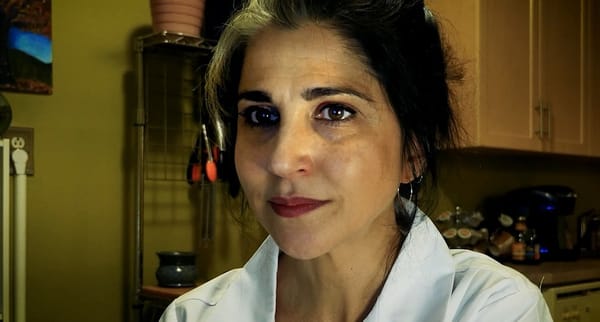Watch The Drowned Girl for Free (Ends 9/14/25)
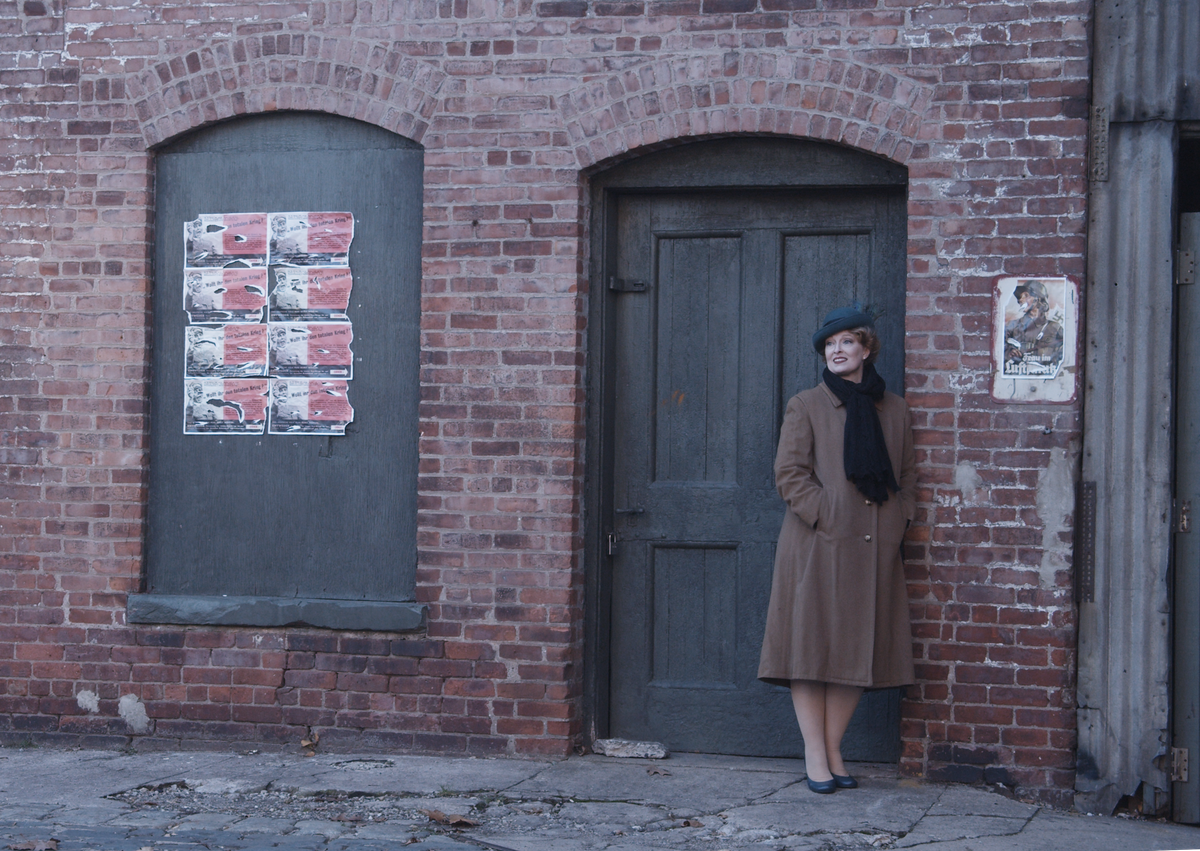
Recent events have brought home how placing power in the wrong hands can wreak fundamental and comprehensive damage upon a culture, an economy, and a society.
Yet this terrible power cannot work its ills upon us without a larger complicity in the project of destruction from a significant number of citizens. Most people remark upon the silence that allows such things to happen. Yet there is a more essential complicity. People help these events along. They follow orders. They actively assist those who sow chaos and destruction in small but important ways. They push the papers. They press the buttons.
I have spent the better part of six years puzzling out the problem of complicity and its attendant dangers in my own creative work. A number of the short monologues that I wrote during the pandemic – especially Let the Darkness In and A Pair of Shoes, and Flamingo (filmed by Pandora Machine) – grappled with the experiences of those caught up in larger crises of U.S. public health and politics.
But the larger piece in which I meditated on complicity with darkness is a film called The Drowned Girl. It is set in the Nazi film industry, which famously engaged the talents of directors, actors, and technical crews to create vicious propaganda.
You can watch The Drowned Girl for free on Vimeo until Sunday, September 14.
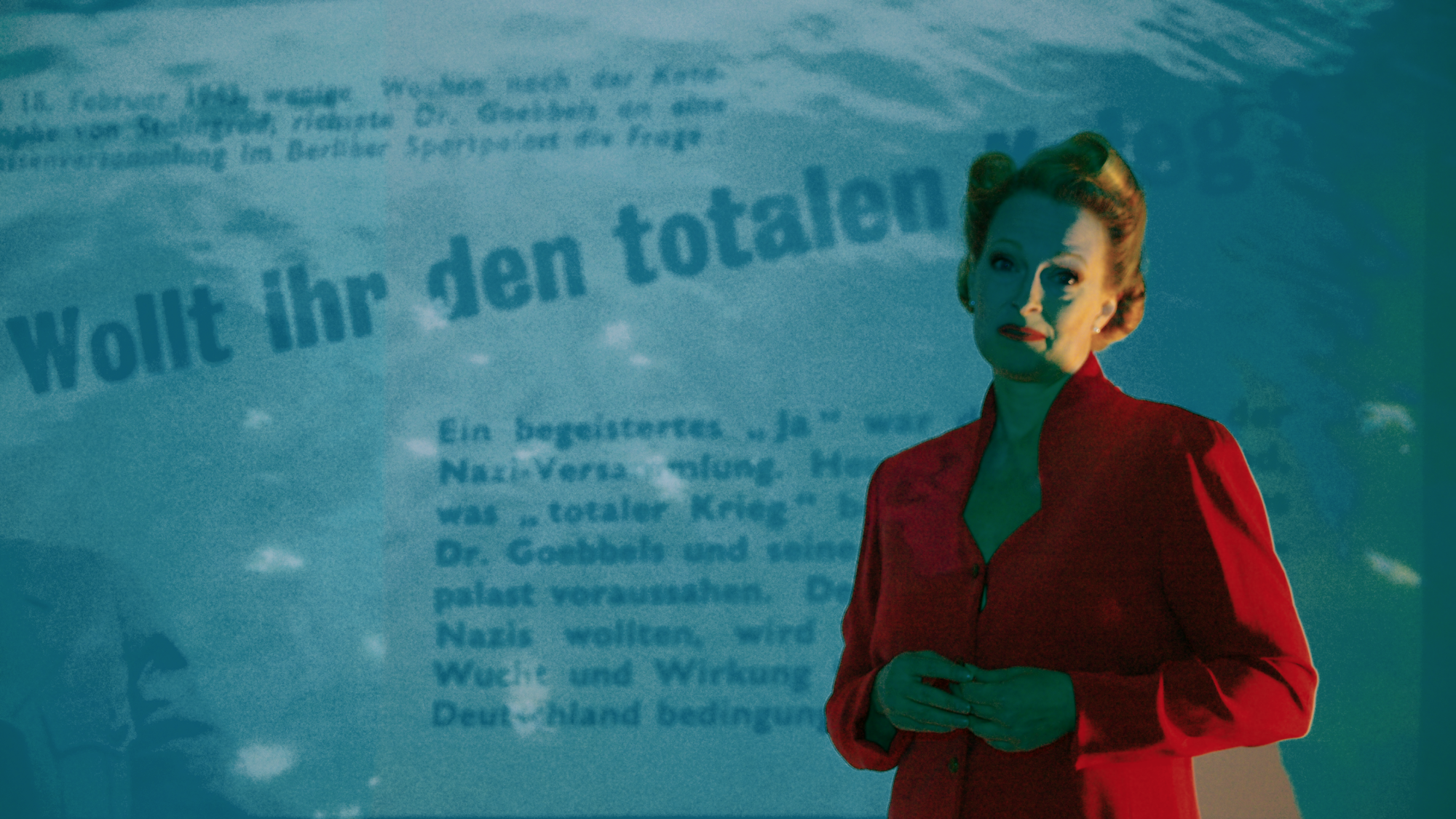
The Drowned Girl was the last work I completed before the COVID-19 panic swept into our world. I finished the script in Virginia Beach in early 2020, watching cold waves crash into the beach and sipping coffee.
The cinema of the Third Reich is at the center of film. The 1940 Nazi propaganda film Jud Süss is among the most notoriously antisemitic dramas ever filmed – and certainly the one that reached the largest audience in Europe. It was shown everywhere in areas controlled by Adolf Hitler’s Germany.
Many books and films have tackled the making of Jud Süss, and the outsized role that Nazi propaganda minister Joseph Goebbels had in creating and supervising almost every aspect of its production. The movie was so infamous that its director – Veit Harlan – was put on trial twice in postwar Germany for involvement in its creation.
The complicity of actors such as Heinrich Georg, Werner Krauss, and Kristina Söderbaum was at the top of my mind as I worked. As I read more deeply about Jud Süss, I was struck by how “ordinary” the process of making the film seemed to be.
Many of those involved in creating Jud Süss tried to evade any involvement initially. But once they were in, they were in. It was a film, after all. And they went about making Jud Süss in the way that any other film was made.
The friction between a seemingly “normal” act (making a film) and unleashing an extraordinary moral cataclysm across screens of hundreds of darkened cinemas was what compelled me to write The Drowned Girl.
What were they thinking? Or simply refusing to contemplate?
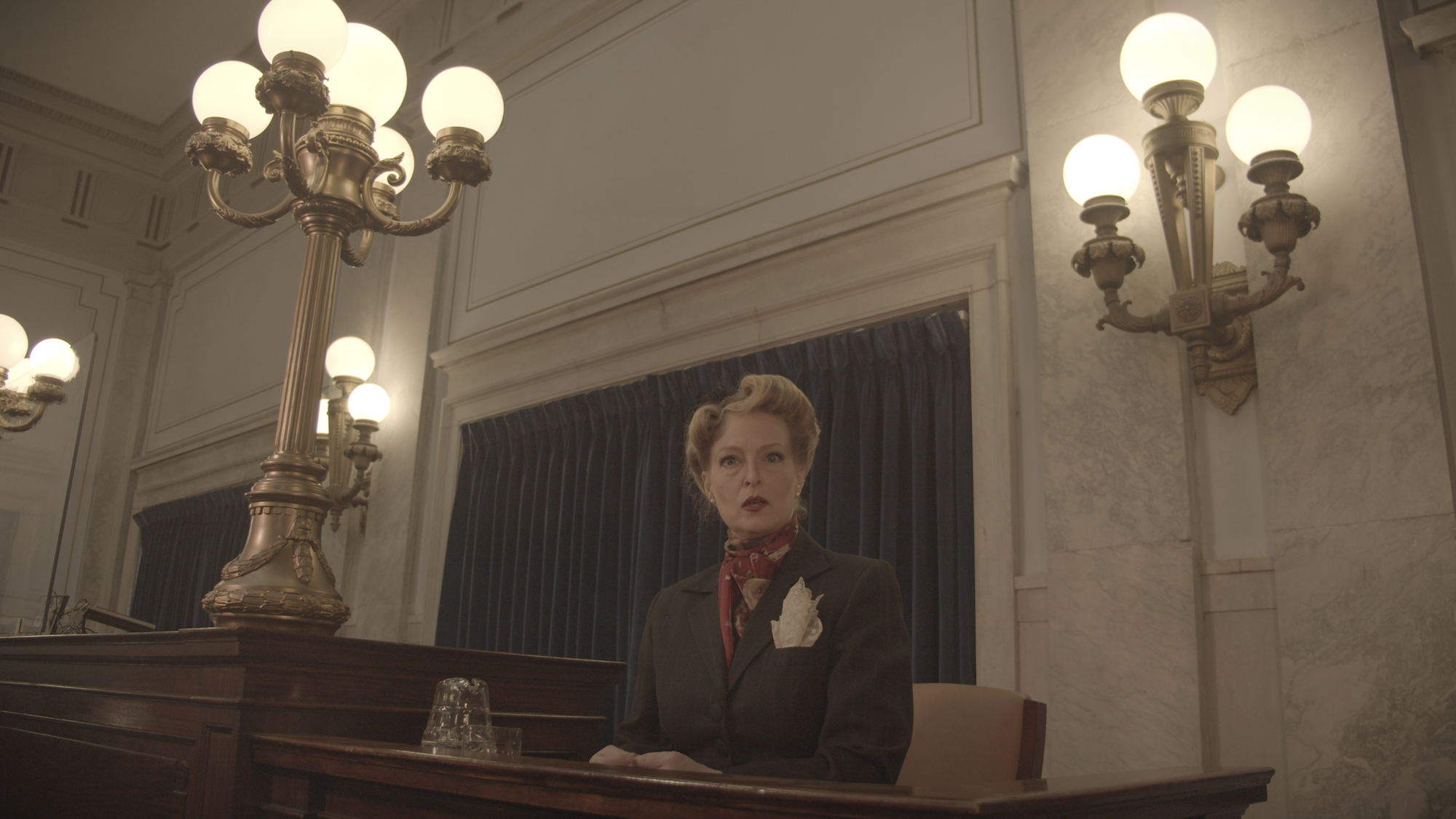
History tells us that complicity with evil is unevenly punished. Jud Süss was an immense and insidious assault on the foundations of human dignity – and an utter perversion of a narrative art form.
Some involved in creating the film lost their reputations. Yet a number of those who played a part in making Jud Süss somehow managed to survive their connection with that atrocity and continue to work in films, theatre and television in the 1940s and beyond.
Actor Kristina Söderbaum was married to Harlan. She was his muse. The characters she played in his films were killed off by drowning for dramatic effect so often that she was nicknamed the “Reichswasserleiche” (or, “drowned corpse of the Reich”).
European legends of water spirits (or “Nixies,” in German culture) who rise out of the water in human form to lure those who encounter them into the depths below were something I explored in the script. I also found immense energy in parallels between the story of Söderbaum and Johann Wolfgang von Goethe’s Faust. (Especially Gretchen’s tale.)
What the film means in our moment is something I can safely leave to you, the viewer. But in an interview for our website, producer Laura Schlachtmeyer expresses a key issue with extraordinary clarity and forthrightness:
In entertainment today, we watch a lot of superheroes and supervillains. In those movies, fighting evil is big and splashy and earth-shaking. In The Drowned Girl, we try to show evil on a more human scale. Once we see that the drowned girl doesn't face her own culpability, it opens the door to understanding that many people during her time didn't examine their culpability either.
From there, we can recognize that people generally have trouble seeing how easy it is to enable wrongdoing – and we might even recognize it in ourselves. It's very human, very relatable, this blindness to our own complicity. But it's all that's needed for evil to succeed and spread, in history as well as today.
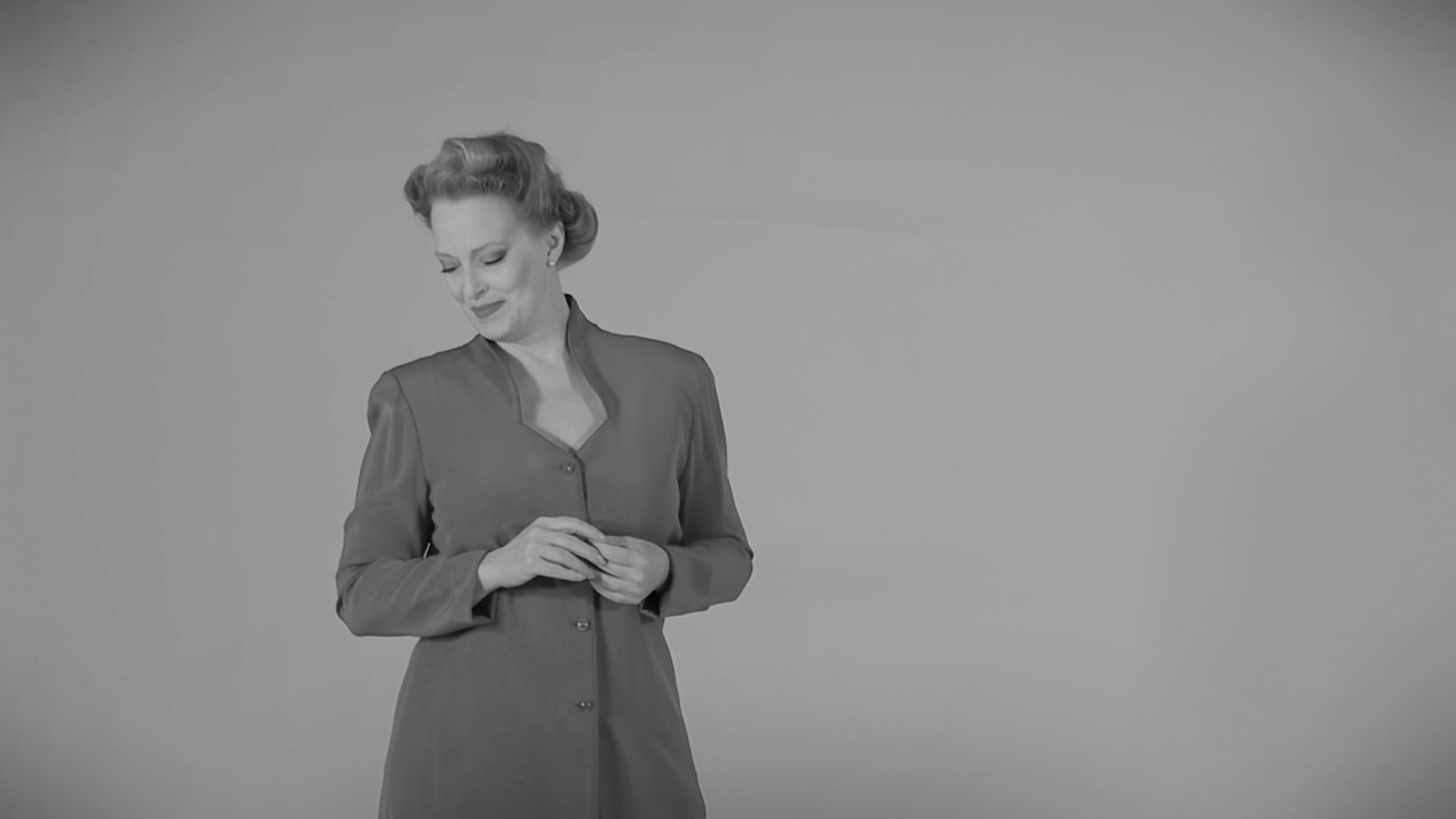
We shot The Drowned Girl in New York City, Jersey City, Paterson, NJ and Washington DC in a socially-distanced manner at various times during the COVID-19 catastrophe.
Annalisa Loeffler plays The Drowned Girl. The film was directed and composed by Pandora Machine’s Andrew Bellware, with performance direction by Paula d’Alessandris (Mind the Gap Theatre). It was produced by Laura Schlachtmeyer.
The Drowned Girl clocks in at 70 minutes. I hope you can find time to watch it. There is much more about the film at our website – including information about our creative team, as well as interviews about why and how we made it.
The Drowned Girl is available to watch for free until September 14, 2025.


